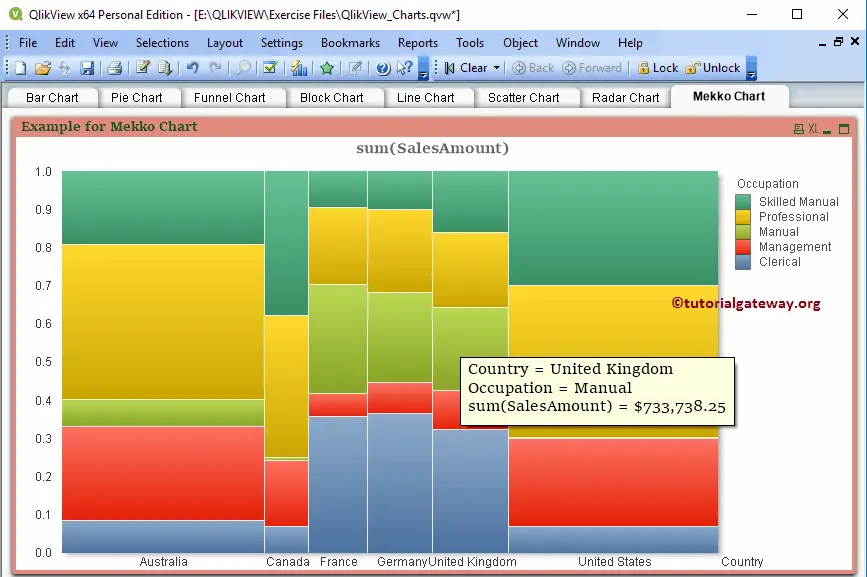Mekko Chart in QlikView is very useful for displaying up to three levels of data. This article shows how to Create a Mekko Chart in QlikView with an example. For this QlikView Mekko Chart demo, we will use the data in the following Excel table.
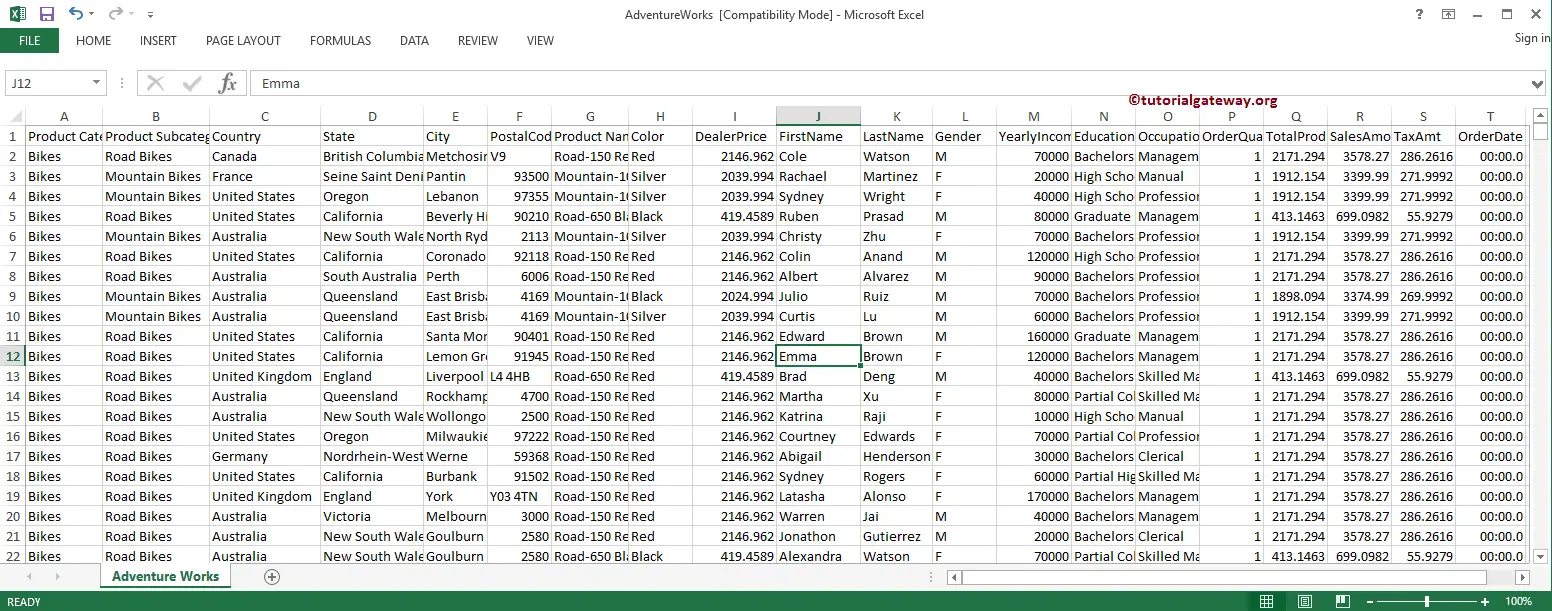
For this Mekko Chart demo, we are loading the above specified Excel sheet into QlikView.
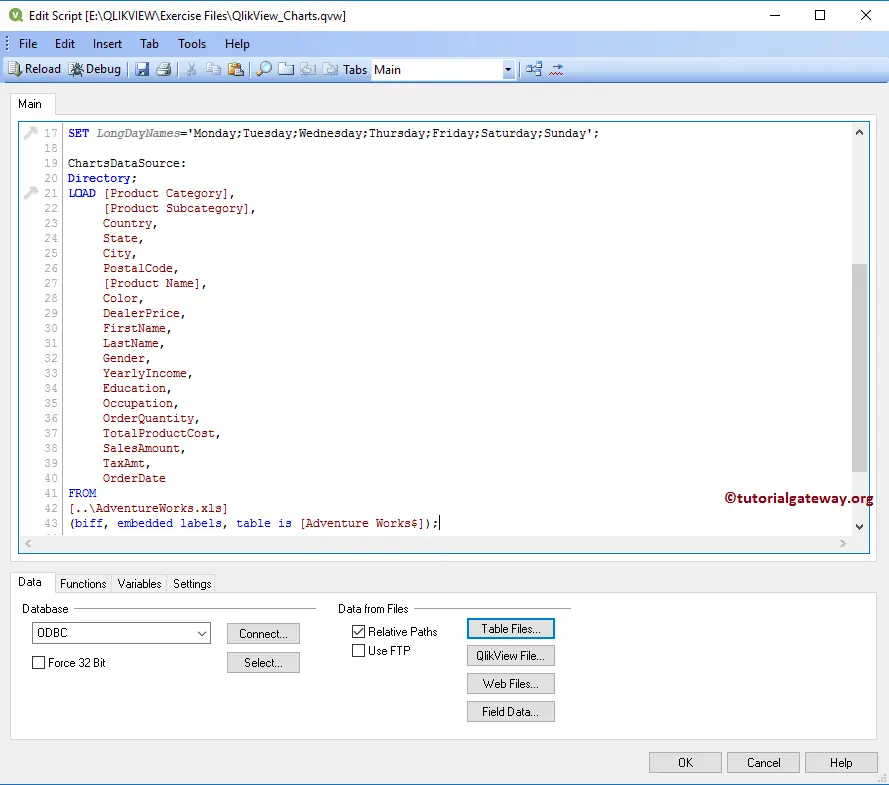
Create a Mekko Chart in QlikView
In this QlikView example, we create a Mekko chart for all the Countries, occupations, and corresponding sales amounts. To do this, we are going to use the Country occupation Columns as the dimension data and the Sales Amount expression.
We can create a QlikView Mekko chart in multiple ways. First Approach: Please navigate to Layout Menu, select the New Sheet Object, and then select the Charts.. option
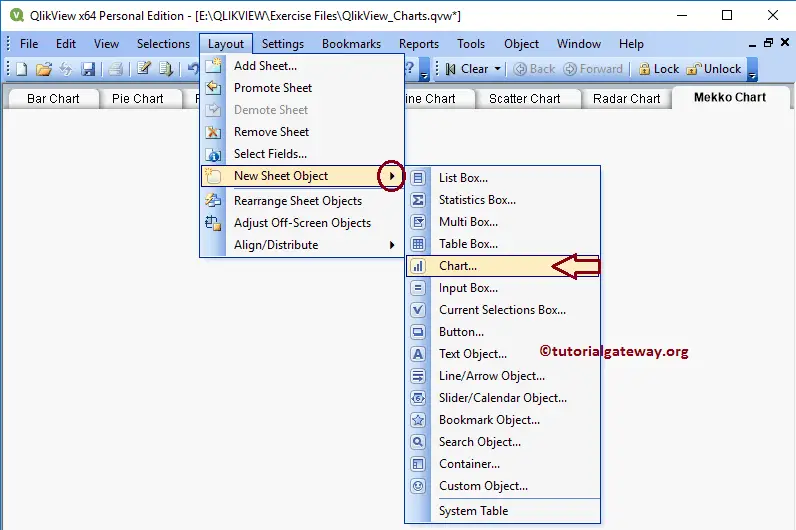
Another approach is to Right-click on the Report area and open the Context menu. Please select the New Sheet Object from the context menu, and then select the Charts.. option.
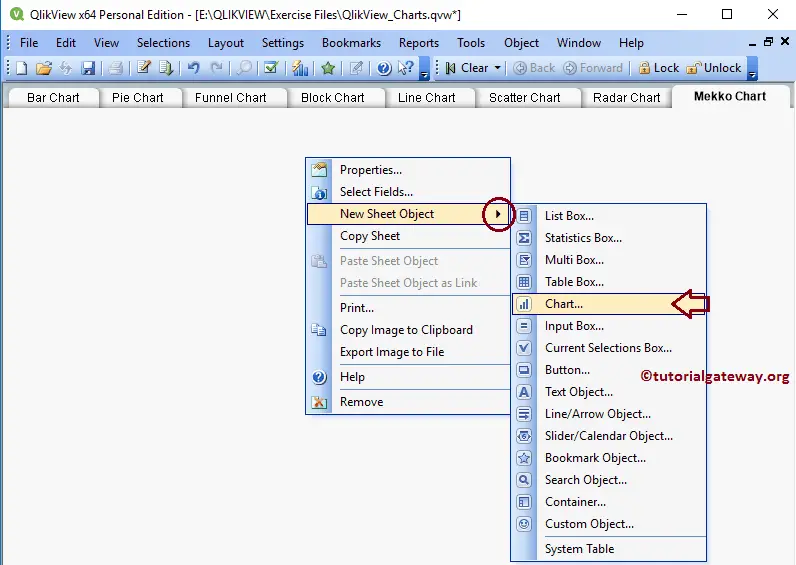
Either way, it opens a new window to create a Mekko Chart in QlikView. From the below screenshot, see we assigned a new name to our demo and then selected the type. Please refer to the Import data from Excel to QlikView article to import the Excel tables in QlikView.
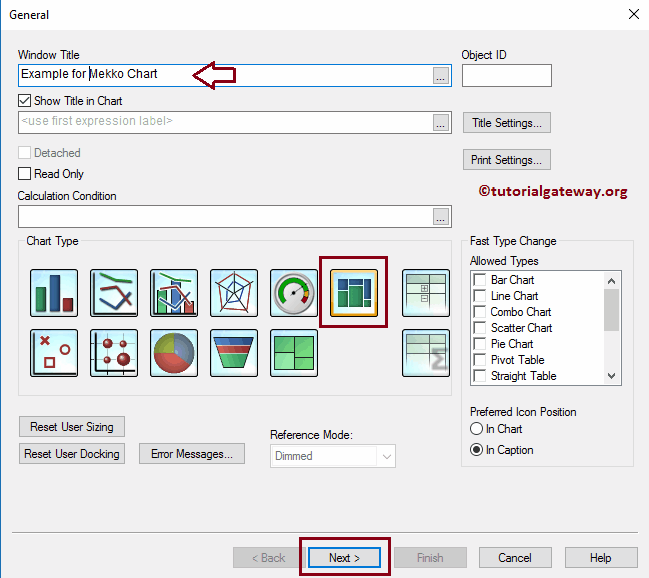
Please select the Dimension columns to use for this session. For this example, we are adding the Country and Occupation dimensions to the used dimension section.
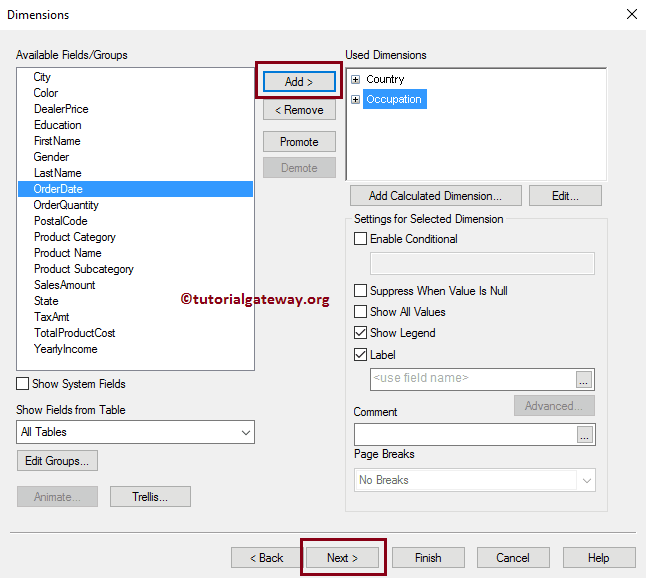
Clicking the Next button opens the Expression page, and on top of that, a popup Edit Expression window opened. Use this window to write the custom expression.
From the screenshot below, we are writing an expression under the Expression OK section. If you do not know to write an expression, Please select the Field as Sales Amount, Aggregation as Sum, and click the Paste button.
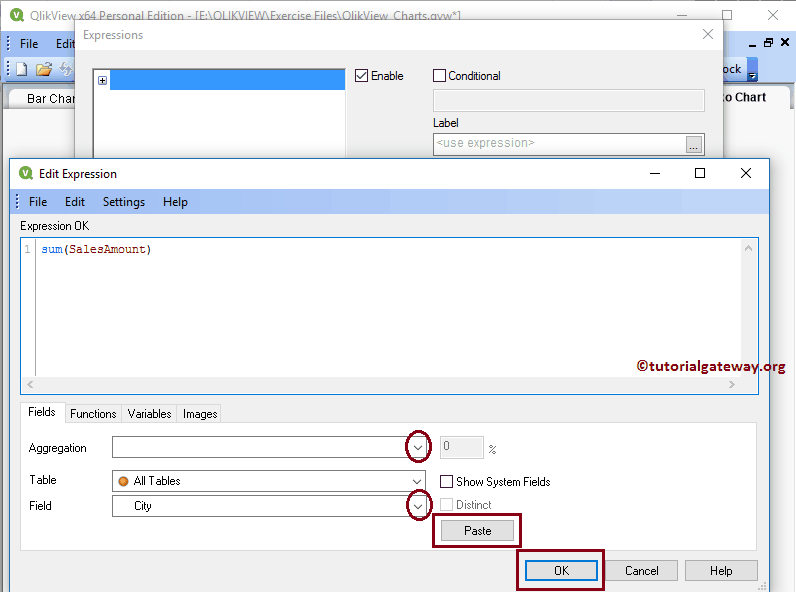
Click the OK button to close the edit expression window and then click the Next button.
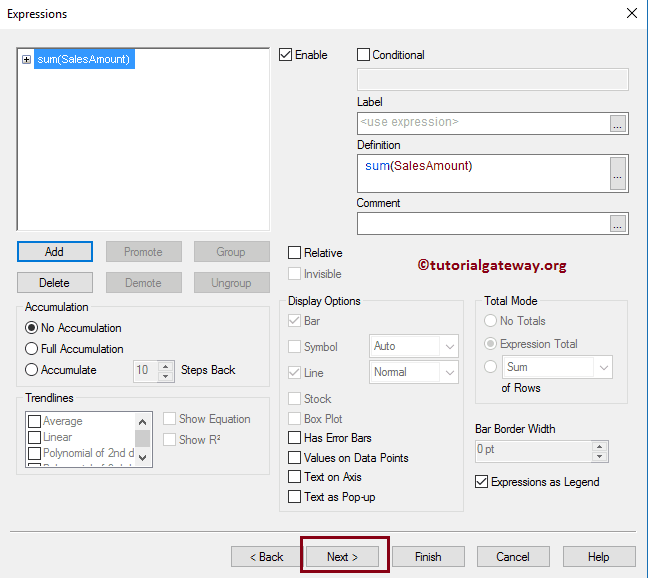
A sort page is useful to specify the sorting order for the dimensions. In this example, we sort the Country in Ascending order.
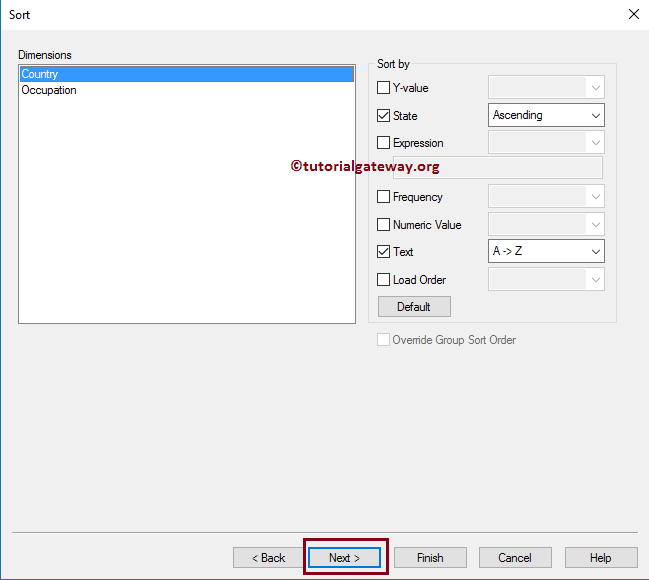
The next QlikView Mekko chart page is to change the look and style. Here, we changed the Plot Area Background Style to Shadow and Plot Color Style to Light Gradient.
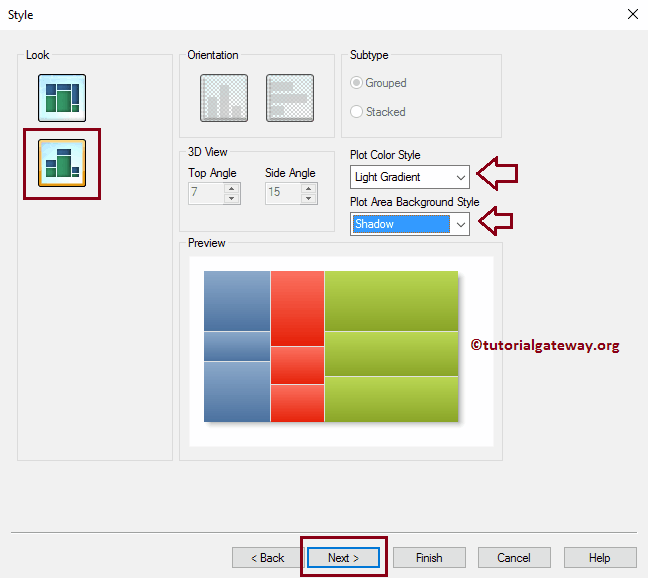
The presentation page changes the Presentation of it. For example, changing the Data Point, enabling axis scrolling, etc.
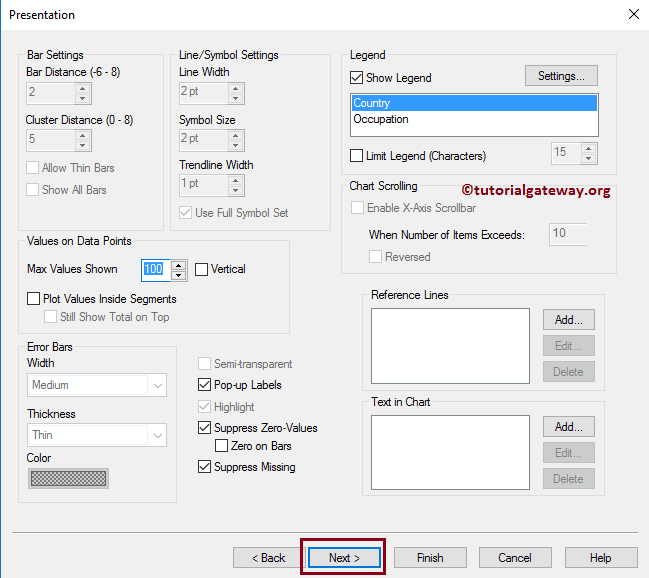
The axes page is useful to change the Axis Color, Scale, and Scale lengths (Minimum, Maximum Value, etc)
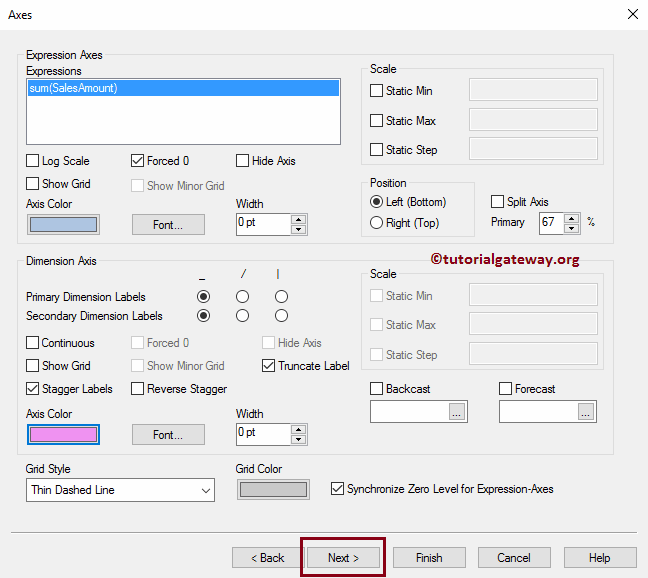
The QlikView Mekko Chart Colors page is useful for changing the Color pattern. Try to mix different options.
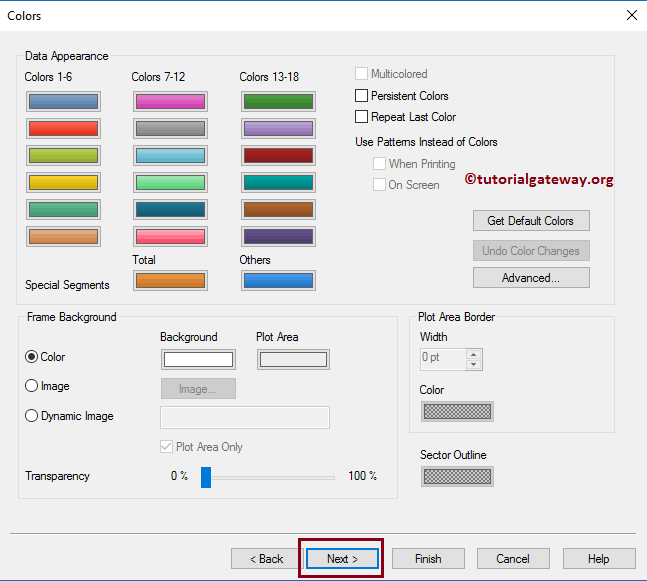
Formatting the Expression value: As we all know that the Sum of the Sales Amount is money, so we are selecting the money.
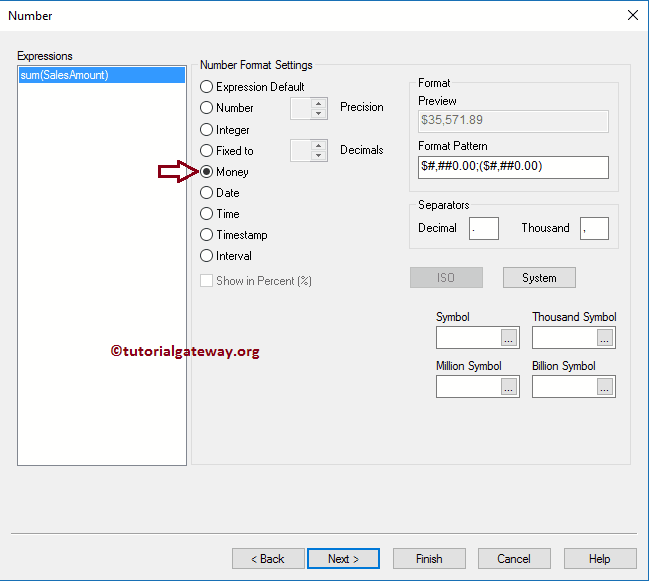
The font page changes the Font family, style, and font size as per requirements. Here, we changed the Font = Sitka Small and Font size to 11
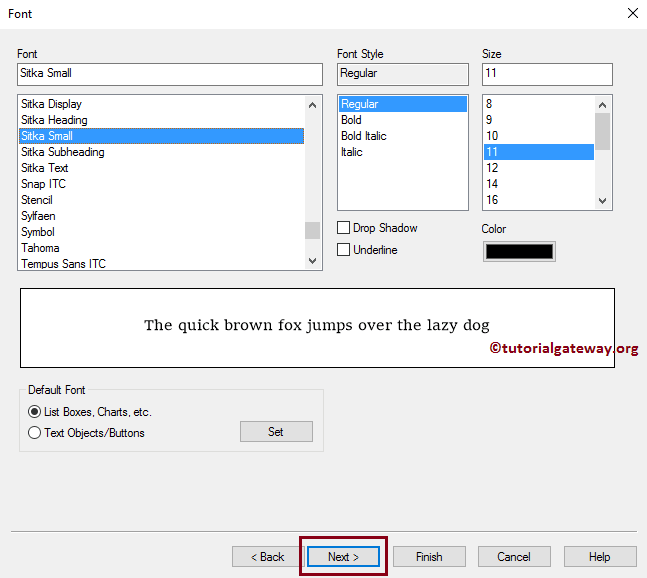
The layout page provides the shadow effects to this, and apply the custom theme by clicking an. Apply the Theme button. From the screenshot below, see that we changed the shadow intensity to Intense, and the Border width to 3 (extra thickness to the border).
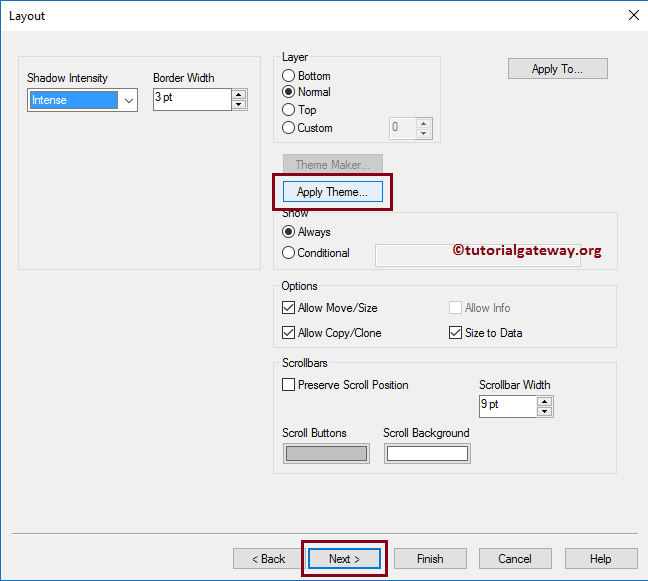
Use this Caption page to style the QlikView Mekko Chart Caption. Here, one can change the Mekko Chart background, position, color, and so on. From the screenshot below, see that we changed the Active Text color and the background. Once done, click the Finish button.
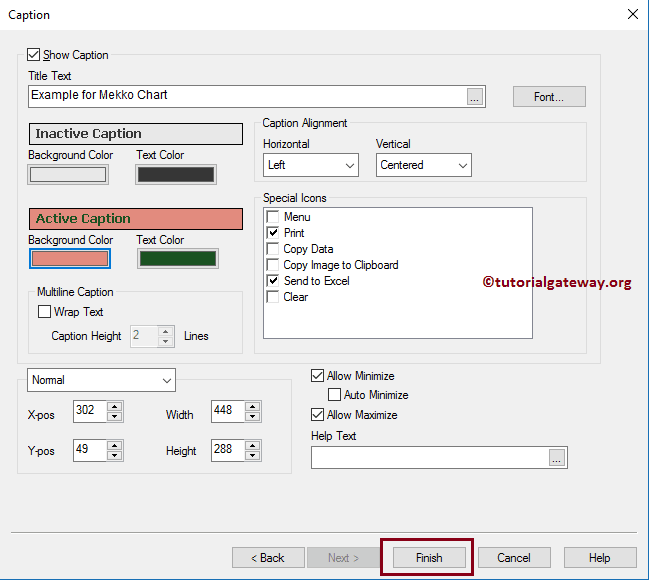
Now, see our newly created Mekko Chart in QlikView.
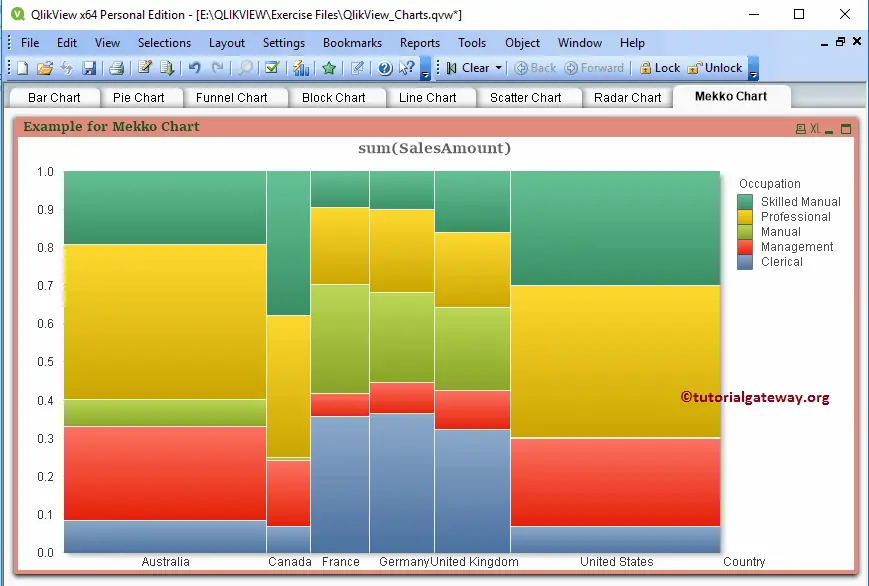
Hovering over the mouse on the Mekko chart displays the Country Name, Occupation, and Sales amount (Data label).
